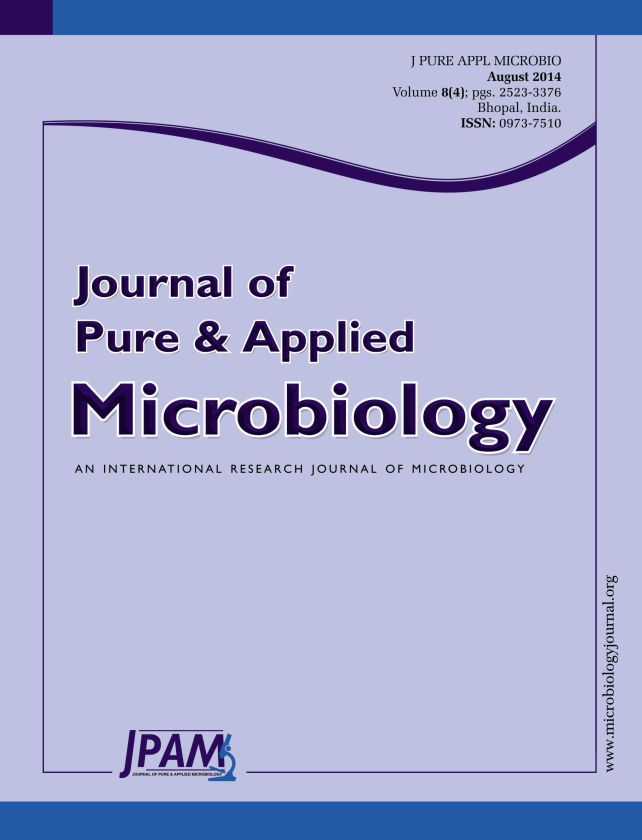Red paddy soil is one of the most important typical soils in subtropical regions of China. Appropriate fertilizer application is an important management practice to improve soil fertility and quality. Here, four paddy soil samples under long-term fertilization practices, the first was control without any treatment (CK), the second treated with only urea (N), the third treated with urea and recycled with all the rice straw (NC) and the last treated with not only urea, but also calcium magnesium phosphate and potassium chloride (NPK), were collected. Total C and N, available N, P and K and soil pH were measured. 28, 31, 27, 22 unique profiles screened by RFLP were identified from nifH-CK, nifH-N, nifH-NC, nifH-NPK libraries, respectively. The results showed that there was highest microbial population genetic diversity of N sample while NC sample and NPK sample had little change comparing with CK sample.
Diversity, nifH, Nitrogen-fixing bacteria, Fertilizer, Red paddy soil
© The Author(s) 2014. Open Access. This article is distributed under the terms of the Creative Commons Attribution 4.0 International License which permits unrestricted use, sharing, distribution, and reproduction in any medium, provided you give appropriate credit to the original author(s) and the source, provide a link to the Creative Commons license, and indicate if changes were made.


